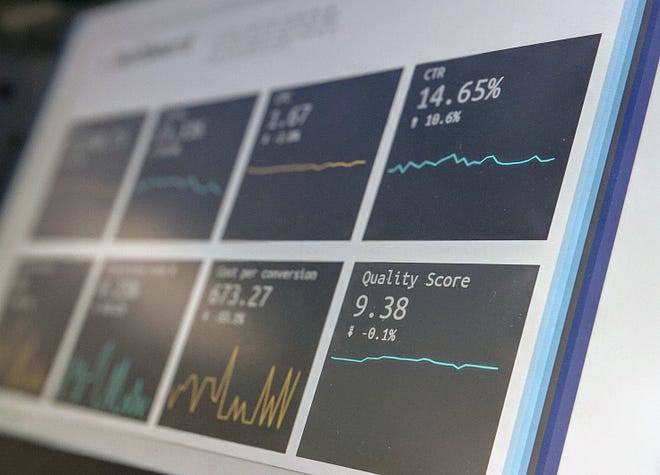How Can You Lead or Manage From Behind a Desk?

You can’t lead or manage from behind a desk. Yes, you are right, I am not allowed to say the word can’t — neither are you! Let us introduce another way…as a leader or as a manager, you are extremely ineffective when you stay behind your desk.
Stop arguing, it’s true.
Unless you are managing a group of automation equipment or robots, then yes, your argument is true. However, the last time I checked, we need humans to do most of the work that we do in business today, and in the effort to keep them involved, they require face-to-face interaction, coaching, and guidance. Humans are messy, therefore we require, no, we demand interaction, and if you are or wish to be a leader or a manager, you limit your ability to actively participate or interact when you are camped out behind your desk.

The ability to “see” how the business is performing is becoming easier daily. The development of business dashboards, the jumbotrons of information throughout the facility provide us with up-to-the-minute information about the inputs, outputs, bottlenecks, and productivity within an organization. It is easy to be seduced by the numbers, to look at the red, yellow, and green lights to see what it “working” and what is “broken.” I live this. I have been a consumer of and also a producer of the data and tools that give the dashboards their simplified messages. I have helped design, develop, and implement measurement and reporting methods and tools to allow leadership teams to have a “near-real-time” viewpoint of the organization. There is, without a doubt, significant value in that data. We are in a data-driven marketplace, a world of KPIs (key performance indicators) and productivity reports that allow organizations to make better, more accurate data-driven decisions. Assuming accurate data of course. It also allows us to report the increased performance to our investors making them happy, keeping all of us in nice clothes, good cars, and food on the table. In order to change behavior, to change performance, you must measure it.
Yet, are these numbers really what makes your business? Are numbers your business? Or just advertising output, the weather report, of your business?
No.
People are your business. The people that help you sell, design, develop, receive, stock, manufacture, produce, fix, repair, inventory, re-stock, clean, machine, measure, box, and ship your solutions. They are the “machines” behind the widget or product that is exchanged for money to solve a problem for some end-user. People are at the front end and people are at the back end of your process. People are your customers. People. So why would you treat them as a number?
The Japanese have a word that has risen to prominence in the western lean manufacturing world — the word is “gemba” (American spelling) or “genba” (proper). Genba (gemba) means “the actual place” or in the case of the western manufacturing world, the shop floor. This is where the action is happening-where real work occurs. How can you view this location, if your office is on the other side of the building, behind six sheets of drywall and you are camped out behind your desk looking at the red, yellow, and green lights?
You must “go and see” (Genchi Genbustsu 現地現物 ) what is occurring in your organization. You cannot be an absentee leader or manager. You need to get away from your desk, away from your office and show up. Be engaged. Get on the floor, get in front and alongside the people that are making your organization successful, making you successful and interact with them.
In person.
Ask questions.
It is amazing what you will learn.
Are you afraid? Good.
Go forth and be brilliant.
Comments
Post a Comment